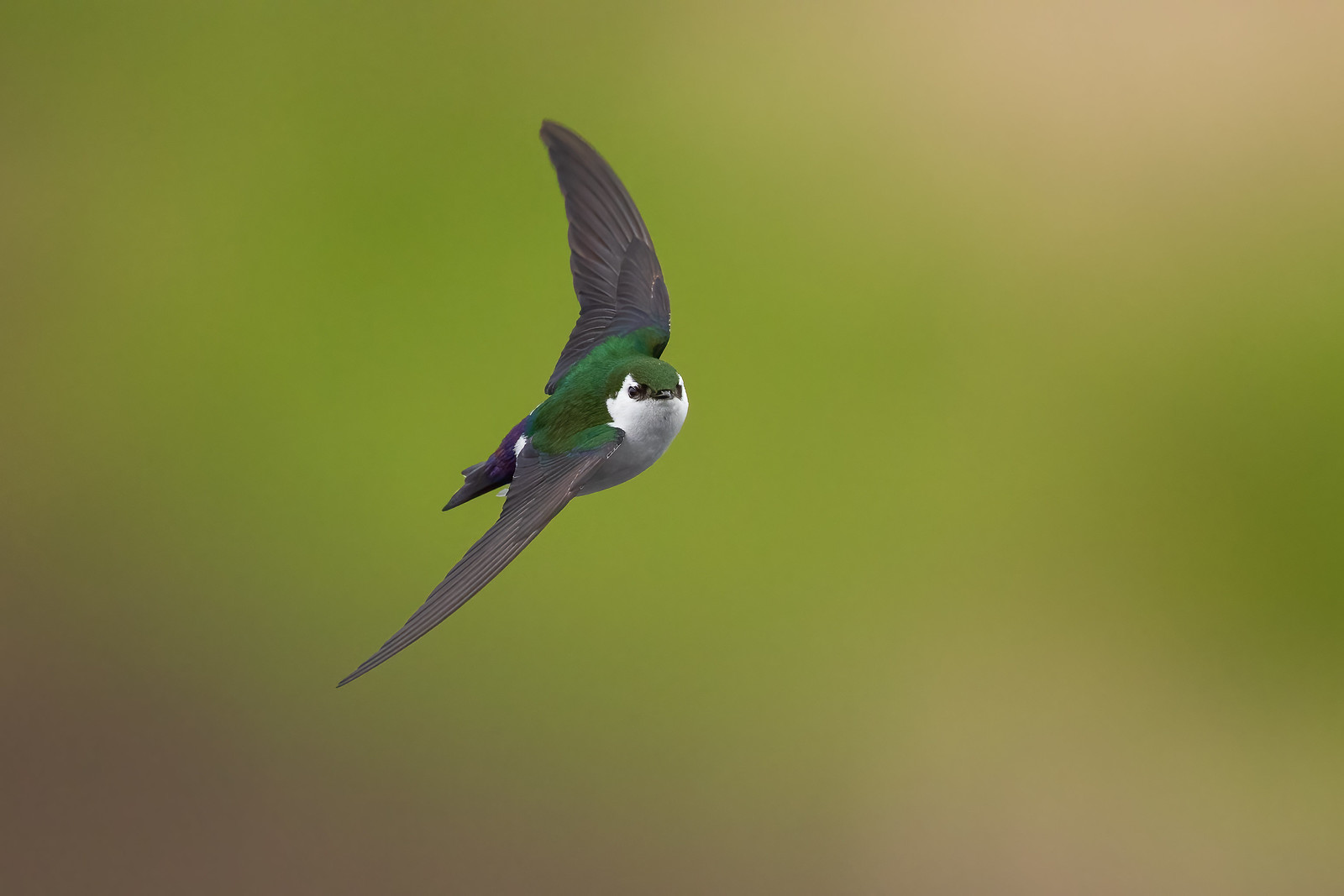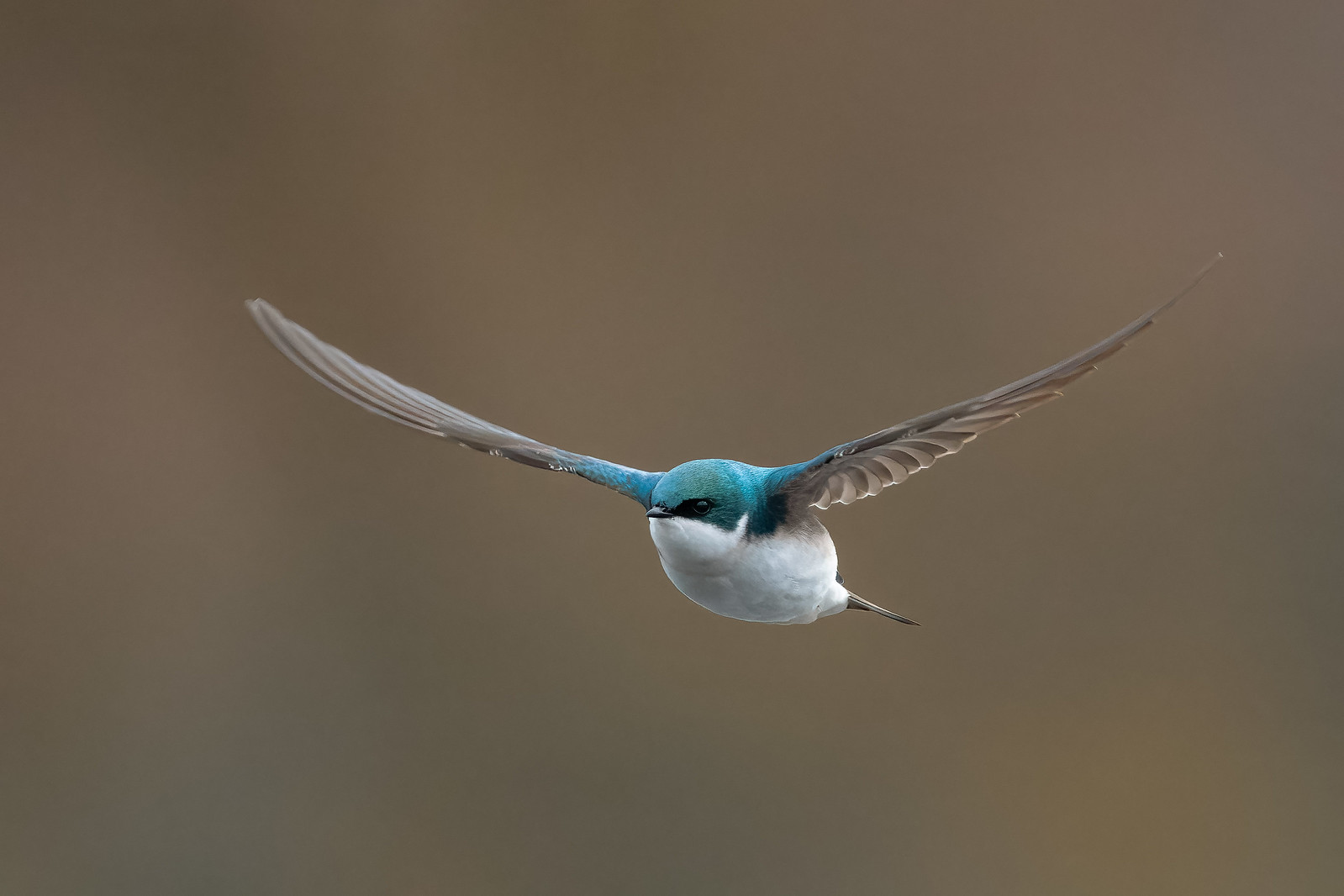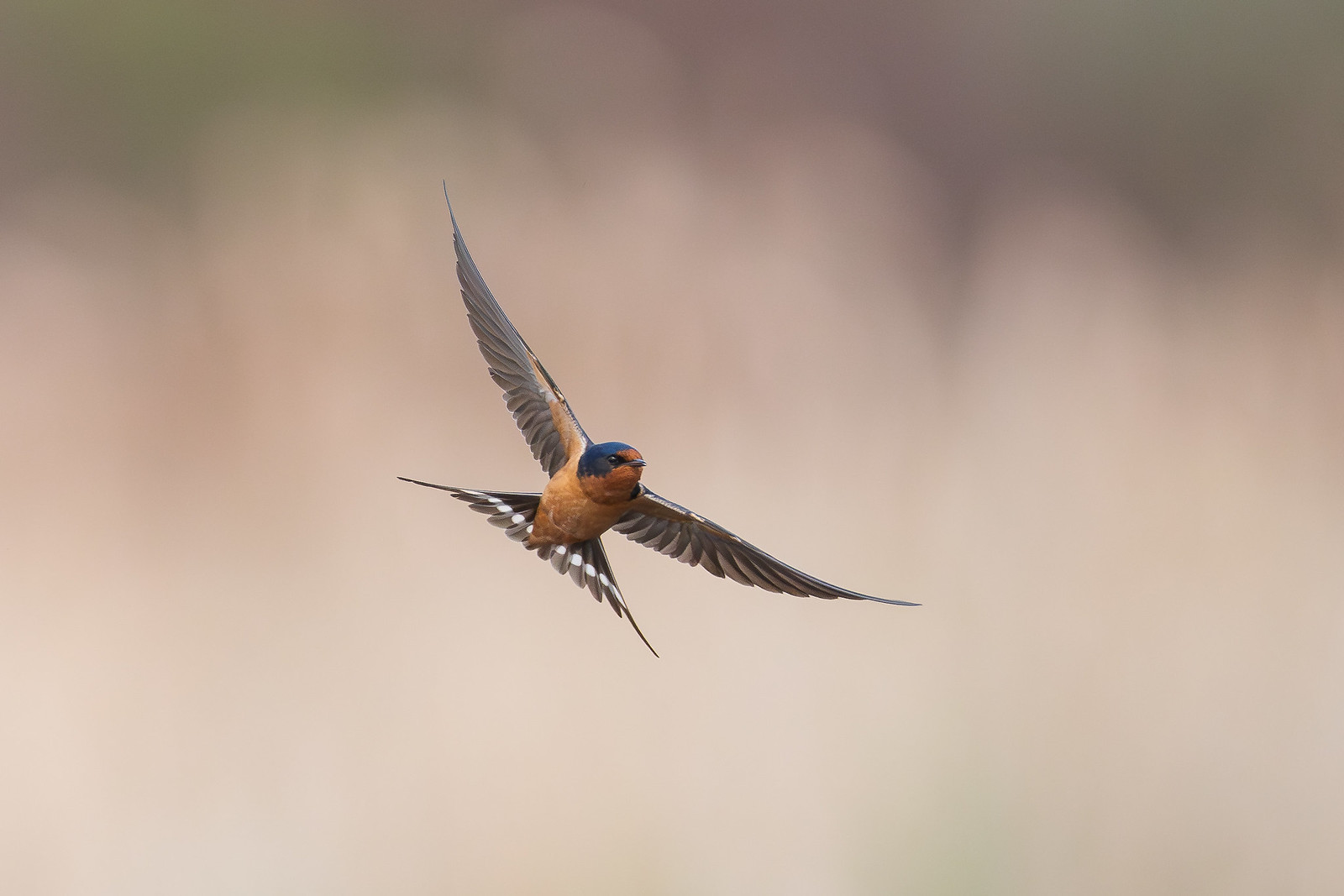I processed a few more swallow images from the Nikon Z9 and 400 f/4.5 lens.
The Z9 was a challenge to get the swallow images. It took me a couple outings to really dial in the best techniques for this AF system. I was really frustrated the first day. Almost wanted to give up. The A1 makes this so much easier with just some MF help and Wide AF (no tracking).
But I persevered and managed to figure out a way to get a decent amount of keepers in a 1-2hr session.
The main hinderance with the Z9 is it has a very difficult time grabbing the swallow when it is further out over the water, this means one has to acquire it when it is much closer and therefore is much larger in the frame and moving through the FOV much faster. I also found that a smaller Wide Area AF did the best at initial acquisition but then it is very difficult to hold that smaller AF area on the darting bird. So the clunky handoff method had to be employed and I found handing off to Auto AF much better than 3D AF (not sure why). In some cases I was able to do initial acquisition and shooting all in Auto AF.
The other issue is I try to take my swallow images after they have left the water so I get them over more pleasing green/brown backgrounds which is grass and trees (I never bother shooting them against the sky...but that is the easiest situation for the cameras if one wants that type of shot). The Z9 struggles somewhat in keeping the tracking on the swallow as it moves up from the water and over the grass/tree background. Sometimes it would hold and sometimes not. When it held I would get the shots I prefer over the green or brown.
By my third session with the Z9 and swallows, I was having fun again. Challenging but fun.
Here are a few I just processed shot back in March/April....
 NZ9_3100-Enhanced-NR
NZ9_3100-Enhanced-NR by
Bird/Wildlife Photos, on Flickr
 NZ9_3195-Enhanced-NR
NZ9_3195-Enhanced-NR by
Bird/Wildlife Photos, on Flickr
 NZ9_3363-Enhanced-NR
NZ9_3363-Enhanced-NR by
Bird/Wildlife Photos, on Flickr
 NZ9_4384-Enhanced-NR
NZ9_4384-Enhanced-NR by
Bird/Wildlife Photos, on Flickr
 NZ9_4496-Enhanced-NR
NZ9_4496-Enhanced-NR by
Bird/Wildlife Photos, on Flickr
 NZ9_3094-Enhanced-NR
NZ9_3094-Enhanced-NR by
Bird/Wildlife Photos, on Flickr



















